50+ SAMPLE Talent Release Forms
-
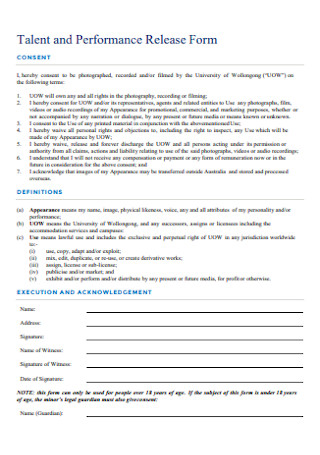
Talent and Performance Release Form
download now -
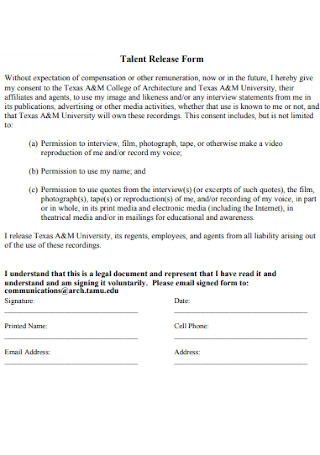
College Talent Release Form
download now -

Image and Talent Release Form
download now -
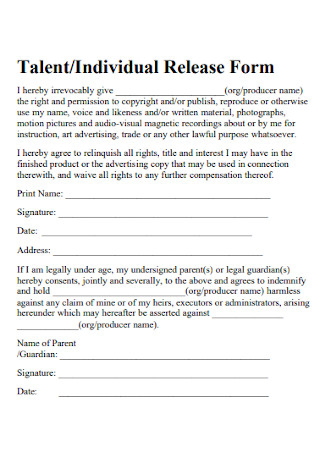
Talent and Individual Release Form
download now -
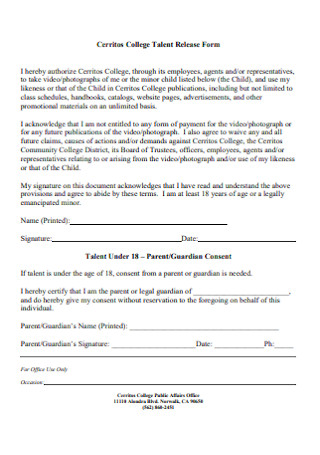
Sample College Talent Release Form
download now -
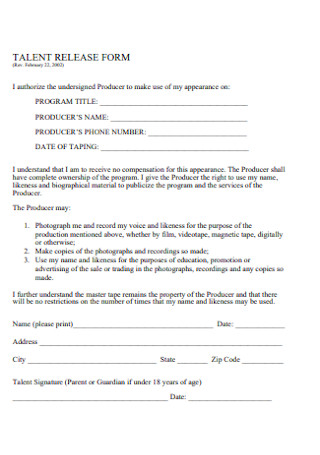
Simple Talent Release Form
download now -
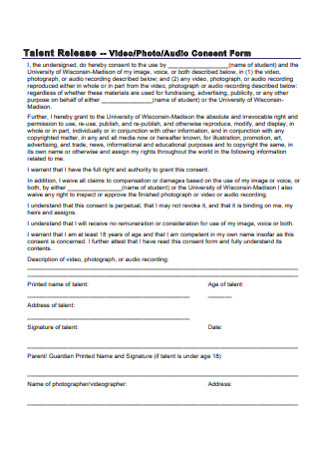
Talent Release Consent Form
download now -
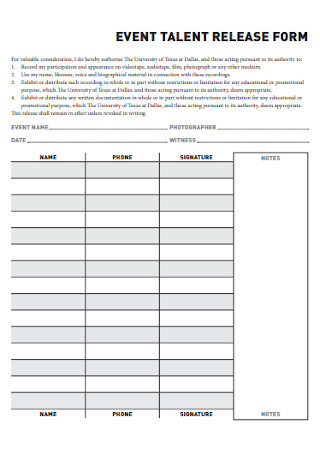
Event Talent Release Form
download now -
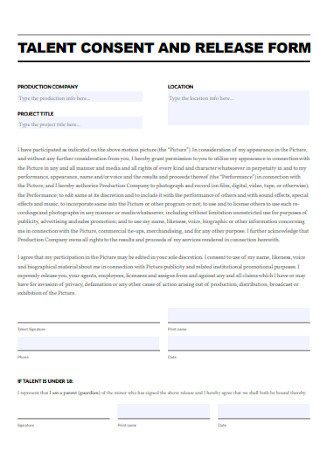
Talent Consent and Release Form
download now -
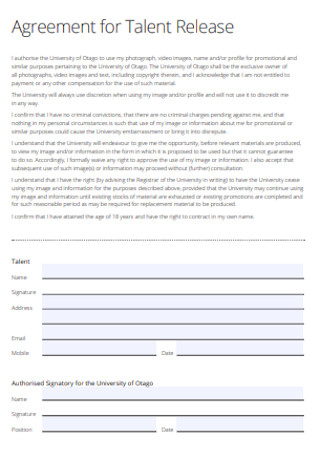
Agreement for Talent Release Form
download now -
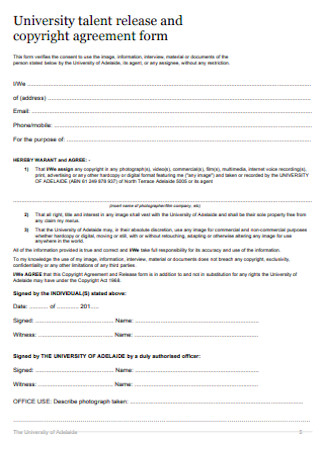
Talent Release and Copyright Agreement Form
download now -

Talent Release Explanation Form
download now -
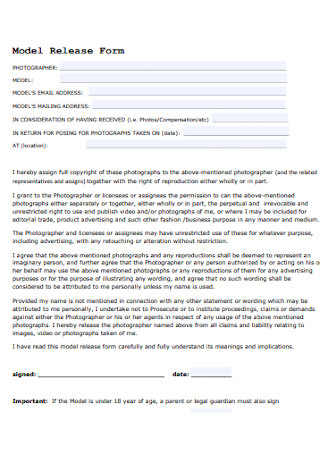
Talent Model Release Form
download now -
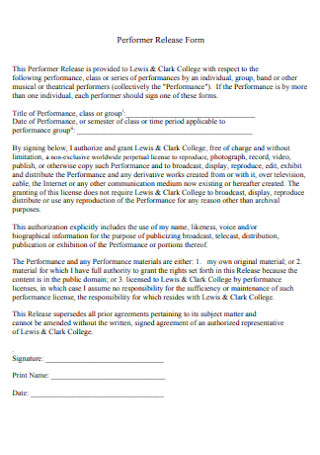
Performer Talent Release Form
download now -
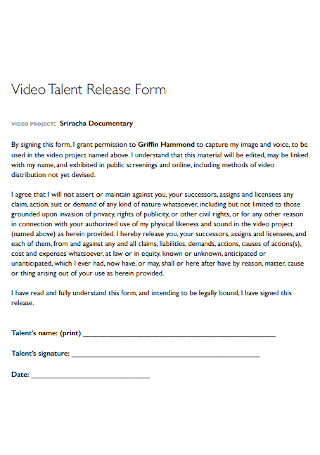
Video Talent Release Form
download now -
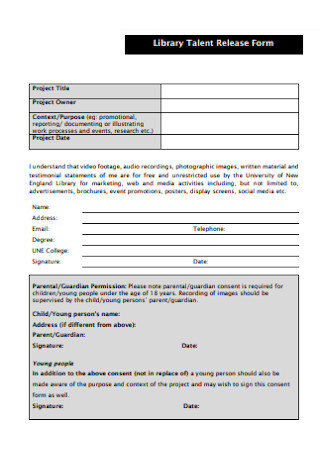
Library Talent Release Form
download now -
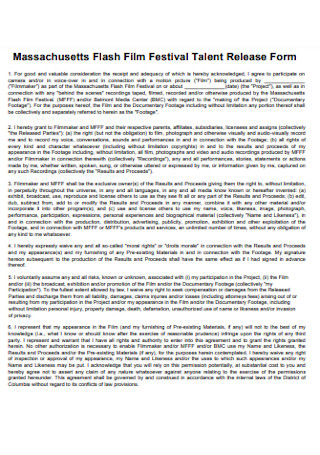
Film Festival Talent Release Form
download now -
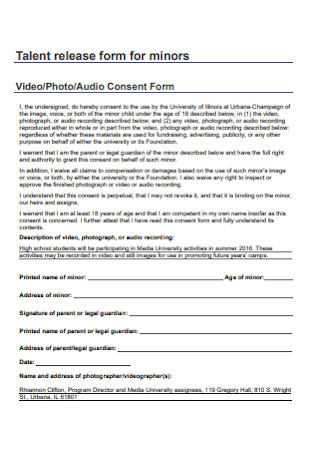
Talent Release Form for Minors
download now -
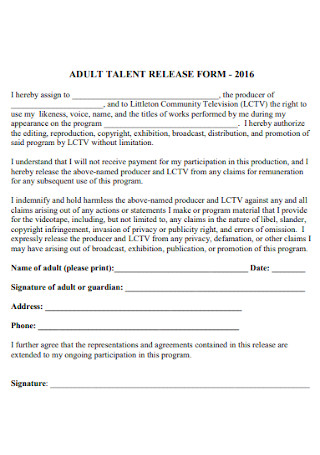
Adult Talent Release Form
download now -
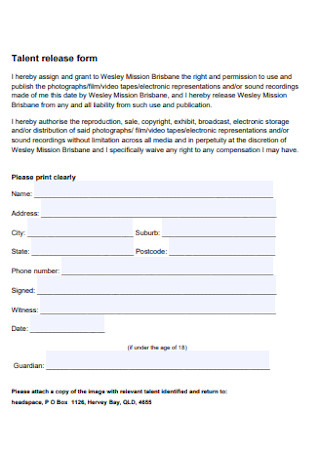
Basic Talent Release Form
download now -
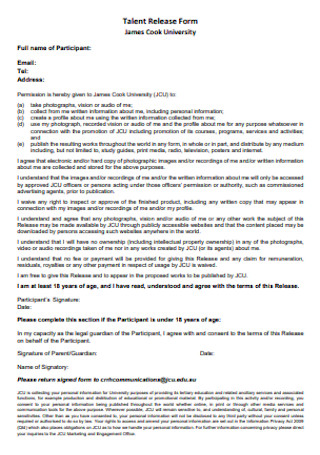
University Talent Release Form
download now -
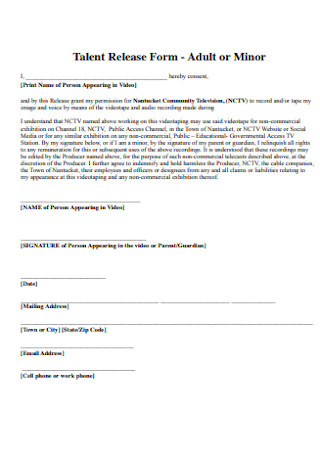
Adult or Minor Talent Release Form
download now -
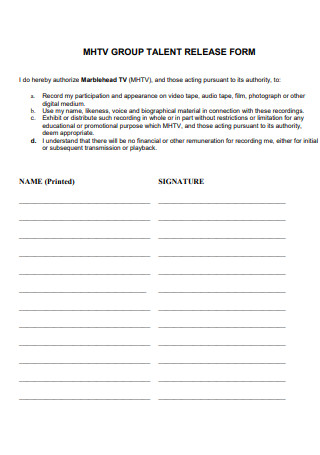
Group Talent Release Form
download now -
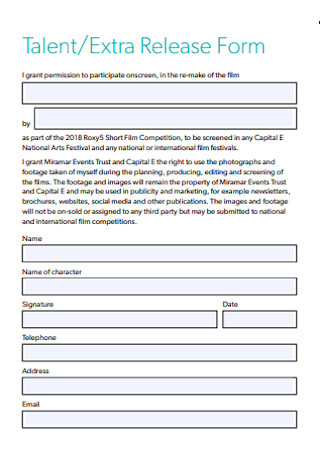
Talent Extra Release Form
download now -
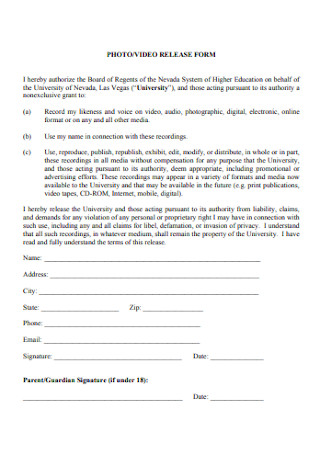
Photo and Vidio Release Form
download now -
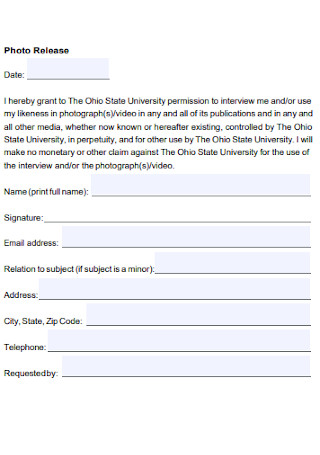
University Talent Photo Release Form
download now -
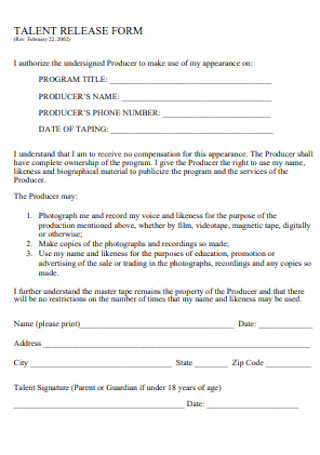
Formal Talent Release Form
download now -

Interview Talent Release Form
download now -
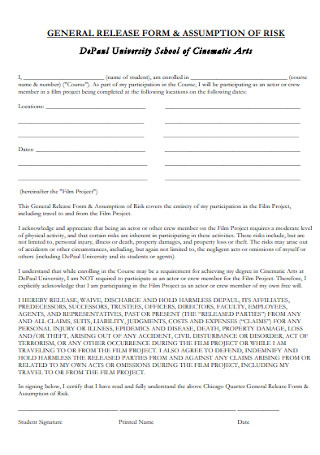
School Talent Release Form
download now -
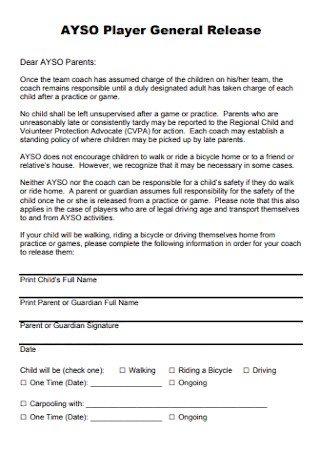
Talent Player Release Form
download now -
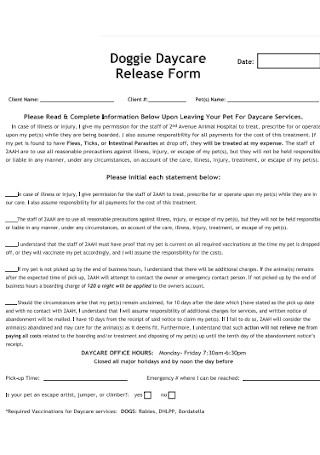
Daycare Talent Release Form
download now -
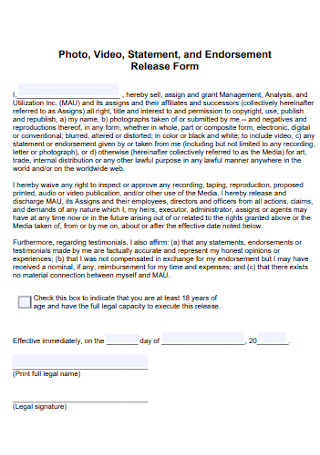
Endorsement Statement Talent Release Form
download now -
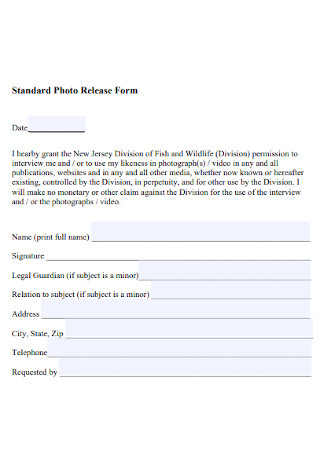
Standard Talent Release Form
download now -
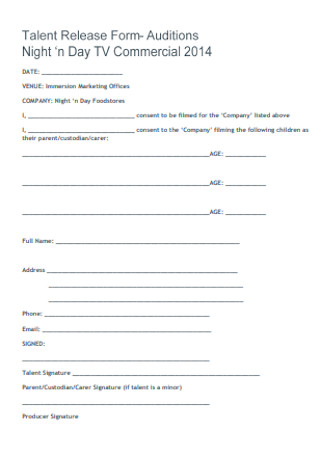
Auditions Talent Release Form
download now -
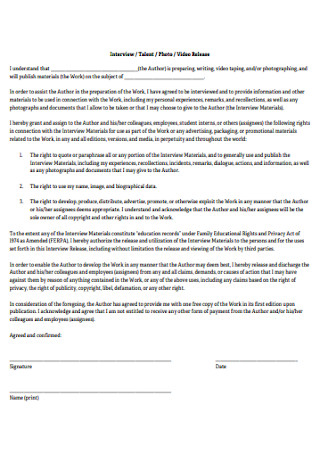
Public Access Talent Release Form
download now -
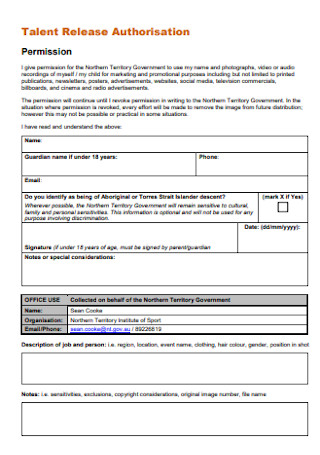
Talent Release Authorisation Form
download now -
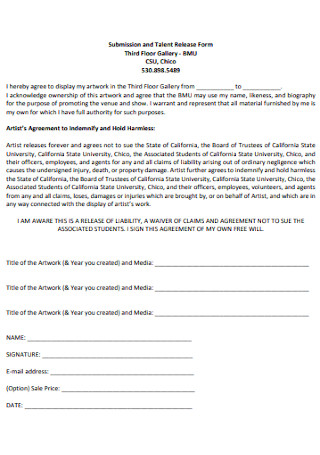
Submission and Talent Release Form
download now -
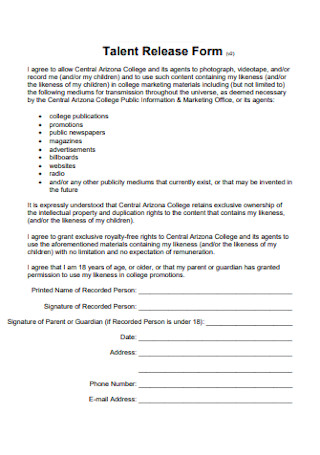
Simple College Talent Release Form
download now -
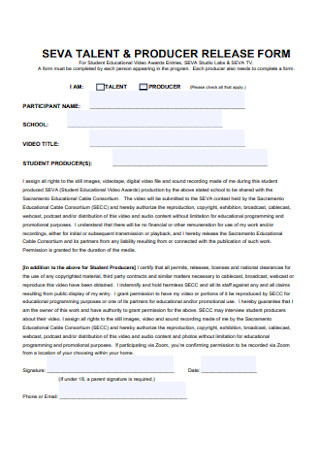
Talent Producer Release Form
download now -
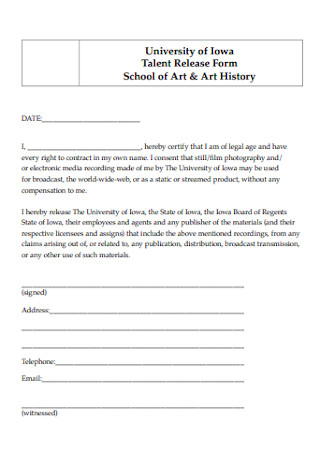
School Talent Release Form
download now -
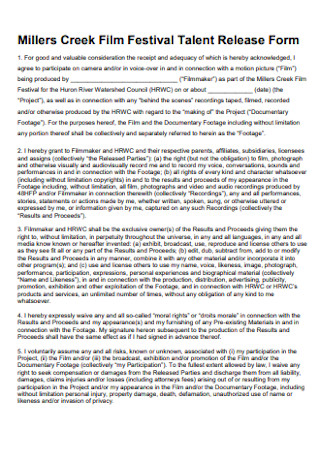
Festival Talent Release Form
download now -
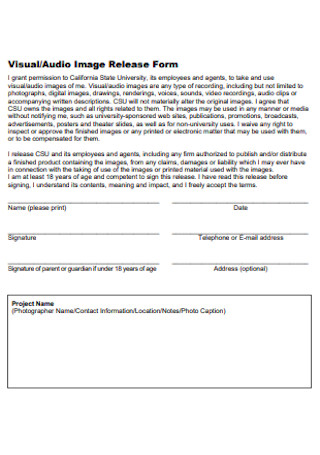
Audio Image Release Form
download now -
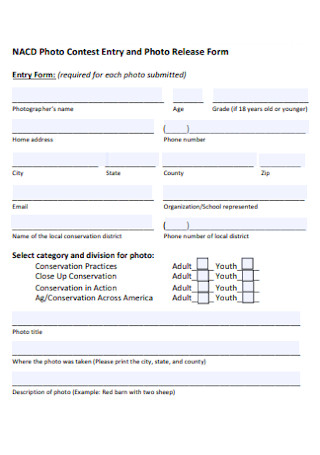
Talent Contest Entry Release Form
download now -
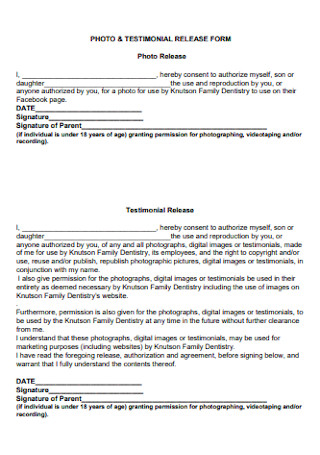
Photo and Talent Testimonial Release Form
download now -
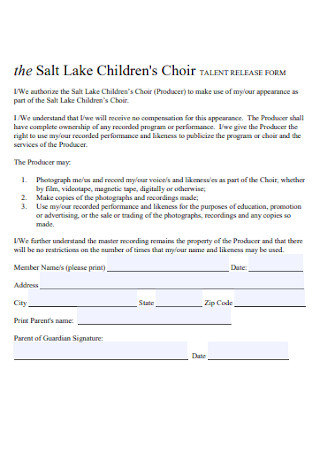
Children Talent Release Form
download now -
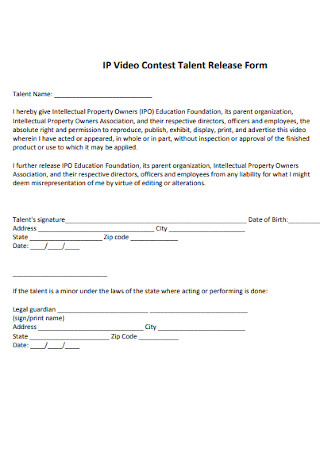
Video Contest Talent Release Form
download now -
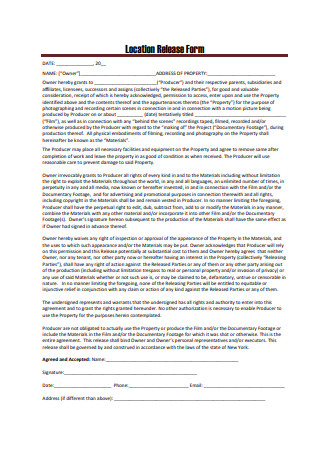
Film Location Release Form
download now -
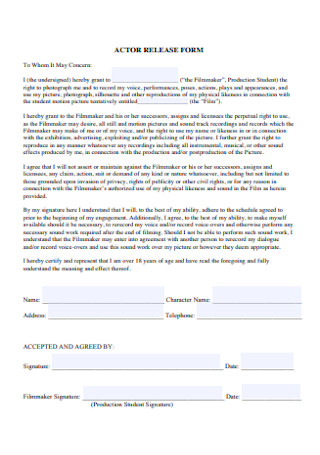
Actor Talent Release Form
download now -

Photographer Talent Video Release Form
download now -
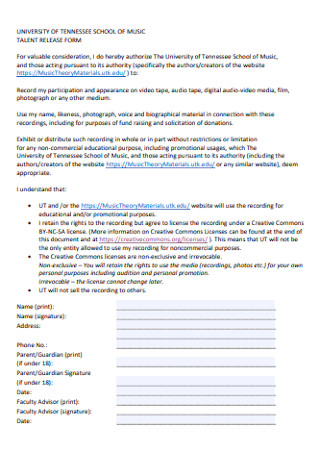
Music Talent Relase Form
download now
FREE Talent Release Form s to Download
50+ SAMPLE Talent Release Forms
What Is a Talent Release Form?
Examples of Talents
Provisions of a Talent Release Form
How to Create a Talent Release Form
FAQs
How do you fill out a talent release form?
What happens if you don’t sign a release form?
Do I need to have a release form?
What Is a Talent Release Form?
A talent release form is a legal document granting the authorized use of a talent’s image, video, or voice for public use. It is a contract form between a talent (e.g., actor, model) and a production company and/or producer.
According to Stanford University, there are two basic types of model or talent release forms. The first is a blanket release. It allows the general use of a talent’s image or recording, provided they sign an official release form. Blanket releases are normally used when the filmmaker or photographer would need an ‘unlimited right to use the image’. The other type is a limited release. This pertains to the conditional release of images, audio and video recordings of a talent. Celebrities and professional models typically use this type of release form. It specifies how the image, likeness, voice, or video of a talent is to be used. For example, a commercial model signs a release form that limits the use of her photographs to exclusive catalog use only. The model can sue the agency for breach of contract if they use the photos for anything other than catalog use.
Examples of Talents
What constitutes “talents”? In the media and entertainment industry, a talent may refer to a number of things. The ‘talent’ is the subject of a project or program; they can be the main star or a minor participant. For instance, a documentary filmmaker shoots an interview scene with a volunteer. The interviewee becomes the talent for this film. The director or filmmaker must secure the volunteer’s consent before releasing any of their interviews, whether in video or audio. The following are examples of typical ‘talents’ in the broadcasting and entertainment industry:
Provisions of a Talent Release Form
Most talent release forms contain generally similar conditions. It’s important to be familiar with the ideas that these release forms promote. These written documents cover consent, authorization, and rights, among other things. The following are examples of terms that are likely to appear in a talent release form:
How to Create a Talent Release Form
A talent release form is a legal document and can often contain a number of technical terms and conditions. However, there are dozens of downloadable templates that are widely available and ready to use. You may use those as a guide and fill in the necessary information. When doing so, keep in mind these important steps:
Step 1: Provide the Basic Information
It’s important to summarize the key details of production so the talent gets a general idea before starting the job. It’s a formal process so the talent is aware of what he or she is getting into. For film and television projects, include the production title, producer’s name or the production company’s name, the organization’s contact numbers, date of taping, and the location of production. Some forms assign a production number as well. Some forms indicate the director’s name.
Step 2: Follow the Proper Format Form
Don’t forget to give your document a title. You can opt to place a simple ‘Talent Release Form’ heading or modify it depending on your needs. A talent release form does not need to be long. A one-page document will suffice. To make it more organized, make sure to enumerate and number your terms and conditions clearly. Lastly, always double check the spacing and margins.
Step 3: Outline the Terms and Conditions
The terms and conditions section is the most important part of the document. Using the guidelines given above, state your provisions coherently and organize them clearly so it’s easy to follow. Cover the basics stipulations like transfer and ownership of rights, release of liability, distribution, replication, and talent’s participation in the production.
Step 4: Include a Signature Line
To conclude your release form, provide a signature line for the talent to sign. The talent should also include his or her printed name and date. This serves as an acknowledgement or confirmation that the talent submits to the agreed terms and conditions that was previously stated. In the case of a child actor, a parent or legal guardian is allowed to sign on behalf of the minor child.
FAQs
How do you fill out a talent release form?
If you are an actor, model, or voice actor, make sure to read the fine print when given a talent release form to sign. As the talent, you need to make an informed decision to hand over the rights to another party regarding the use of your image, video, or voice. For a producer or production company, your form should state the basic production details such as the title, production schedule and dates, location, etc. Make sure to properly outline the terms and conditions between you and the talent.
What happens if you don’t sign a release form?
If you don’t sign a talent release form, you are entitled to ask the production company not to use any footage of you. Because you did not formally consent, you can also threaten legal action for unauthorized use of images, video, etc. The filmmaker or producer may be left with no other option but to take down the scenes or footage, unless they are prepared to face potential lawsuits.
Do I need to have a release form?
As a producer or filmmaker, yes it is crucial you get the informed consent of all participating talents, from the main actors down to the supporting background actors. It manages expectations of both parties and in a way, legitimizes your material. A talent release form is one way of protecting yourself as a filmmaker. It might also save you from any potential problems or legal ramifications in the future.
Across the board, it’s standard protocol that individuals give their consent in order to participate in events or activities. Students need the consent of their parents to go on school field trips. Doctors and healthcare providers should seek the consent of their patients before disclosing any medical records to outside parties. In the same way, actors and people in the entertainment industry must be able to give consent when it comes to the use of their images and/or recordings. Browse the wide selection of sample templates above to create your own talent release form now!
